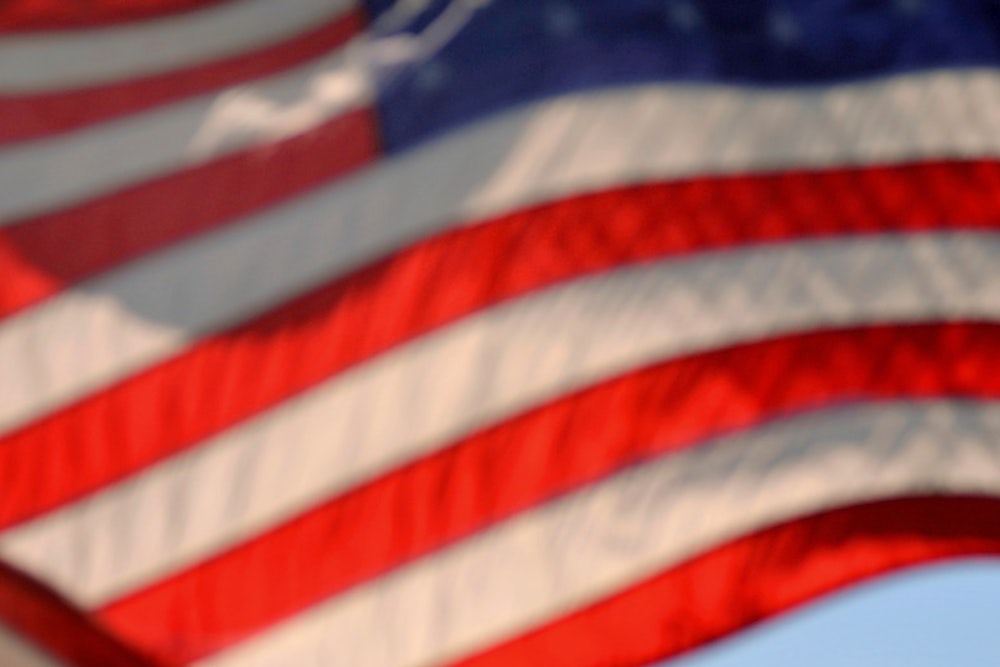How much of a difference does living in a Democratic-run state make? Here's the difference between what a family of three—a working parent with two dependants—would have to make in Minnesota and Alabama in order to qualify for subsidized insurance. Meaning: In Alabama, a family that brings in as little as $3,500 a year is out of luck. In Minnesota, the country's most generous state, that family can get help if their income is up to $40,000.
A key difference: Minnesota has the country's most generous Medicaid eligibility rules. Alabama, on the other hand, makes it almost impossible for the working poor to get Medicaid. And now it is among those states refusing to participate in the Affordable Care Act's expansion of Medicaid. As a result, a low-income family of one adult and two children wouldn't benefit from the new law unless its income is above the poverty line, which would be about $19,500 a year. At higher incomes, the family would become eligible for subsidies in the new federally run exchange—money that state officials have no power to reject, as Alabama's have. In other words, if your 2014 income is between $3,500 and $19,500, you're out of luck.
The American Prospect's Paul Waldman created a handy chart that lays out the red-blue differences across the country in 2013. Our numbers, above, come from the Kaiser Commision on Medicaid and the Uninsured's projections for 2014. And while it's true that Minnesota is an exceedingly generous outlier even by blue, northern standards, Alabama is in good company at the ruby-red bottom of the chart.
